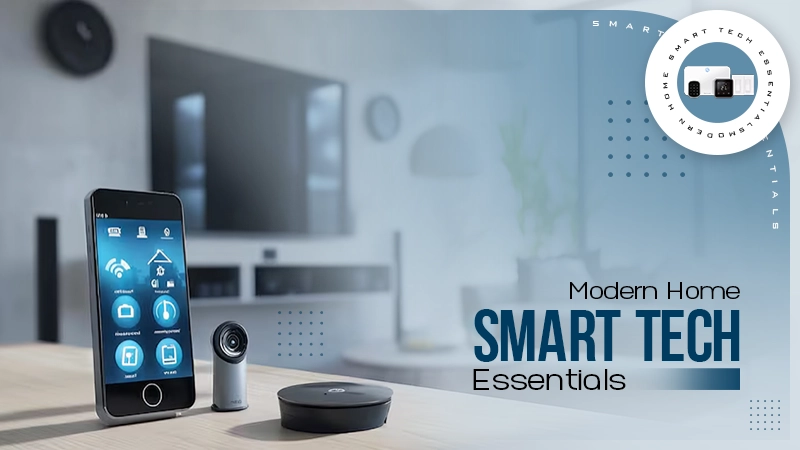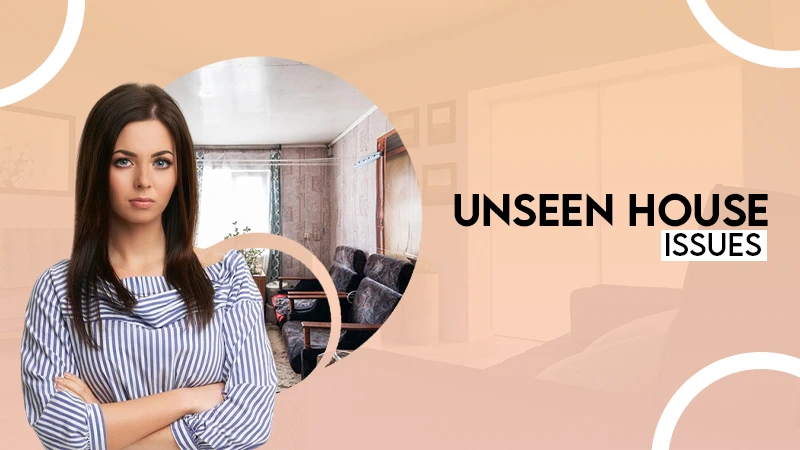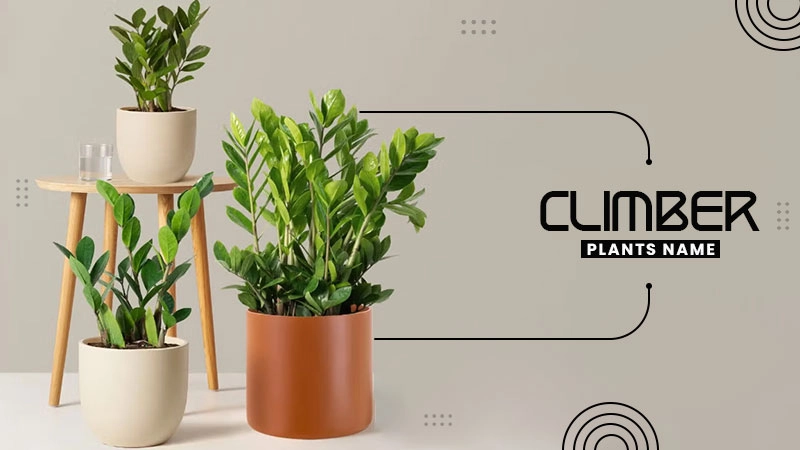Walking into a study space and seeing a clear, simple desk can feel like a breath of fresh air for any student. In a world full of buzzing apps and endless tabs, the last thing a learner needs is a messy work area that adds to the noise. By focusing on a minimalist desk setup, students can remove those sneaky distractions and give their brains room to breathe. For learners who are juggling essays, projects, and online quizzes, even one extra minute of focus can make a big difference.
That is why many students turn to helpful tools such as Paperwriter when deadlines pile up; the service handles the words while the tidy surface handles the mind. This article explores how the right furniture, lighting, and habits can turn a plain table into a productivity powerhouse. Every tip below is simple to follow, budget friendly, and easy to adapt to dorm rooms, bedrooms, or shared apartments.
Why a Minimalist Desk Benefits the Brain
Clutter can be overwhelming to both eyes and brain alike. As papers, snack wrappers, and cables fill a desktop workspace, mental energy is spent choosing which items should go away and which must stay. A minimalist desk helps prevent the waste of energy on non-essential matters like clutter. Neuroscientists refer to this phenomenon as “stimulus competition,” and it can hinder memory recall, reading speed, and mood.
A minimalist desk minimizes visual noise so the prefrontal cortex can focus on task completion instead of managing clutter. Students with simpler desk ideas often report finishing homework faster as they are no longer distracted by looking through piles for a pen or charger – less time searching means more time learning! Clean spaces also encourage healthy study habits, such as taking breaks for stretching or sipping water during each study session, since their surfaces aren’t already filled to capacity. A clear beginning and end point also trains your brain to switch into focus mode faster.
Selecting an Appropriate Desk Size and Shape
A minimalist desk does not have to be small; rather, it should accommodate essentials like a laptop, a notebook, and possibly a lamp. Before purchasing, measure your room and draw an outline with tape to help visualize where a desk will go in your space. Straight rectangular desks work best for narrow dorm rooms, while shallow L-shape desks may fit better around corners and offer more walking space.
Height is also of equal importance; most individuals between 5’4″ and 6’0″ usually suit a standard 29-inch desk height comfortably, but taller or shorter learners should utilize adjustable legs or use a riser in order to keep wrists level with keyboard keys. A desk that is too high causes slumped shoulders; one that is too low leads to curved spines – both will sap energy over long study sessions. Treat the desk like sports gear: when chosen wisely, now will prevent future discomfort later while keeping an inviting surface clean.
Once a desk has been selected, the next step should be filling it with gear that supports learning without cluttering its surface. Start off with a slim laptop stand that lifts the screen up to eye level; this reduces neck strain while creating storage space underneath for closed notebooks. Pair this up with wireless keyboard and mouse sets so cables do not take over the woodwork. A one-drawer organizer can accommodate pens, highlighters, and sticky notes; any extra supplies should reside on separate shelves or backpacks.
Headphones with active noise canceling capabilities will save your ears during dorm life while hanging neatly off a small hook when not being used. Make life simpler by keeping a reusable water bottle close at hand to reduce trips to the kitchen and ensure all major needs (typing, writing, reading, listening, and hydrating) are covered while leaving enough free inches for spreading textbooks or papers on desk surfaces. Minimalist desk setups work best when every object finds its place.
Lighting Tricks for an Attractive Desk Setup
Lighting is more than a source of brightness; it shapes mood and keeps eyes healthy. Natural light is ideal, so students should situate their desk near a window if possible and ensure sunlight hits their screen from an indirect direction in order to minimize glare on the screen. When night study sessions come around, having an LED lamp with adjustable warmth is invaluable to any aesthetic desk setup. Warm light (around 3000K) soothes nerves during late cram sessions while cooler light (5000K) stimulates the mind for early-morning note review sessions.
Position the lamp so it shines over the shoulder of the writing hand to avoid shadows across notebooks. A subtle light strip under a shelf can also provide soft illumination without taking up desk space, creating an inviting atmosphere ideal for video calls. Avoid bulky floor lamps; what matters is providing gentle yet focused illumination to maintain clear surfaces while providing eye comfort.
Cable Management: Taming the Snake Pit
Nothing destroys a minimalist desk faster than an unruly mess of cords and cables. To stay on top of things and maintain its minimalist aesthetic, the key to successful cable management lies in routing every cable along its intended path before it multiplies out of control. Start by plugging all chargers and power bricks into a surge-protected strip attached to your desk using adhesive tape or screws, then run cables through either a plastic raceway or stick-on clips that hug the underside of the tabletop.
Keep a USB-C hub attached to the back edge of your laptop for quick connect/disconnect of corded accessories; this enables quick switchovers without dragging excess cordage across the surface. Label both ends of each wire with “phone,” “laptop,” or “lamp,” making swapping gear quicker and simpler than ever before! Coiling any loose wires with Velcro ties and stashing them away in a mesh pouch under your desk will provide a clear view, reduce accidental yanks, and provide more space for drinks, not to mention making the whole setup look more professional during group video projects!
Color Palettes to Relax and Focus
While color may appear as decor, its effects on our attention have real physical manifestations. Studies have revealed how softer neutrals, blues, and greens reduce heart rates while maintaining focus and calm. A minimalist desk can benefit from using only two or three hues at most on its desktop space. An example would be pairing a white desktop with black metal legs and a pale wood shelf; students who enjoy adding touches of character could add accents like mint green mouse pads or navy notebooks for added appeal.
Limiting color choices allows pops of joy to stand out without visually overwhelming spaces. Avoid loud neon accessories, which vie for attention and create visual clutter, while low-contrast wallpaper on laptops helps integrate them into the overall aesthetic of a room more seamlessly. When all colors work in unison, the desk becomes a peaceful sanctuary within an active room that fosters focus over time.
Personal Touches Without Clutter
A study space should reflect its owner, yet personal items can quickly pile up. To avoid unnecessary clutter, focus on showing meaning over quantity when choosing what items to include. Select one small framed photo, plant, or motivational quote card to place in the back corner without taking away from writing space. Succulents make great additions as they thrive under neglect while adding some much-needed color and life!
As hobbies become a larger focus, consider switching out souvenirs with digital slideshows on your laptop’s lock screen; that way, memories only surface when the computer sleeps. If artwork must remain, pin it above rather than directly on your desk for maximum surface clearance. Some learners even keep “rotation boxes” under their beds where, each month, they swap out one item with another in an effort to reduce clutter while still giving the brain something new to think about; personal does not have to mean overstuffed.
Study Routines that Complement Your Desk Ideas
A beautiful study space quickly disintegrates when study habits remain disorganized. The Pomodoro Technique makes an excellent pairing with minimalist desk designs because it divides work into clear bite-sized chunks of focused effort. Students can set a 25-minute timer, focus on one task for 25 minutes, and stand up for five minutes of stretching before sitting back down again. When taking these mini breaks, they should leave their desk completely in order to ensure it remains associated solely with active work.
At the end of every session, a two-minute reset can be incredibly useful: quickly return pens to their cups, close the laptop, wipe crumbs from the keyboard, and throw out scraps – this takes less time than scrolling social media but saves ten minutes in cleaning later! For longer projects, consider organizing weekly reviews where materials are filed away or recycled so that piles don’t build. By aligning routines with their physical setup, students turn a tidy desk into an effective system that fosters steady progress rather than just looking pretty.
Maintaining the Minimalist Habit Long Term
Achieve long-term minimalism by making a few small plans: set an appointment every Sunday night for a five-minute desk audit, using that time to dispose of old handouts, backup digital files, and replenish pens. Second, establish a rule where each time new supplies enter a room, one old item must leave. This simple exchange prevents drawers from becoming junk heaps. Thirdly, create a small “landing tray” near the entrance so visitors may unload items safely into your space.
Phones, keys, and earbuds must remain off the desk to preserve its sacred space. Furthermore, share this plan with roommates or family members to prevent random objects from sneaking onto it; when everyone knows the desk is off-limits maintenance becomes an unspoken group effort that supports better focus without additional thought required – minimalism doesn’t need to be an one-off project; rather it should become part of daily life that pays dividends through grades and peace of mind.






